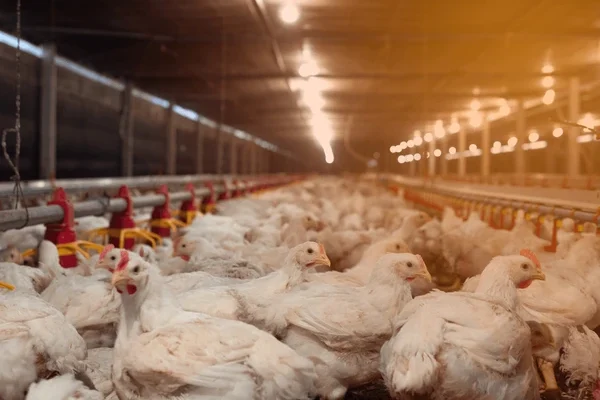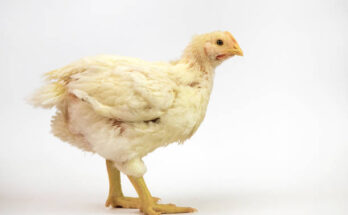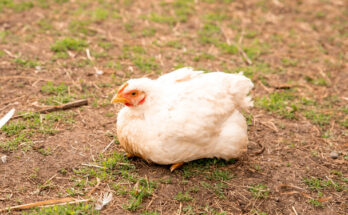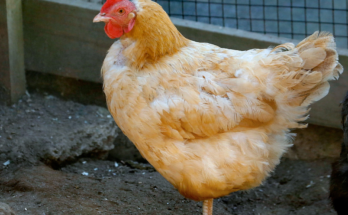The Harsh Realities of Commercial Laying Hens: Unveiling the Truths
When we think of eggs, we often picture idyllic farms with happy hens pecking in the sunshine. However, the reality for commercial laying hens can be far from this pastoral image. The commercial laying hen industry is a vast and complex system, and within it lie some unsettling truths that are often overlooked.
In this post, we will delve into the world of commercial laying hens, shedding light on the harsh realities these birds face in the pursuit of egg production. It’s essential to bring awareness to the conditions in which these hens are kept and the challenges they endure.
By uncovering the less visible aspects of the commercial egg industry, we aim to cultivate empathy and understanding for the creatures behind this essential food source. Join us as we explore the sad truths surrounding commercial laying hens and seek to inspire positive change for the welfare of these animals.
The Life of Commercial Laying Hens
Commercial laying hens endure a life vastly different from their natural counterparts, often facing numerous challenges that impact their well-being.
Life Span of Commercial Laying Hens
The average life span of commercial laying hens is around 1-2 years, starkly contrasting with their natural life expectancy of 5-8 years. This significant difference is primarily due to the intensive egg-laying demands placed on these hens in commercial settings. The strain of consistently producing eggs takes a toll on their bodies, resulting in a reduced life span and diminished quality of life. Here you can find a clear and informative guide on life spans of the average chicken both in commercial spaces and free range.
Common Issues Faced by Commercial Laying Hens
Commercial laying hens commonly face overcrowding, deprived of the freedom to engage in natural behaviors such as nesting or dust bathing. Additionally, they often lack proper care, leading to stress, injuries, and overall poor welfare. Health problems, including bone fractures and reproductive issues, are prevalent due to the high demand for egg production. These hardships are exacerbated by the profit-driven nature of commercial egg production, where the primary focus is on maximizing output at the expense of the hens’ well-being.

Impact of Commercial Egg Selling Markets
When we buy eggs from commercial sources, it’s vital to understand the harsh realities that commercial laying hens endure to meet demand. The living conditions and treatment they experience are distressing, with ramifications for their well-being and quality of life.
Living Conditions in Commercial Egg Farms
Commercial laying hens are housed in crowded, confined spaces where they have limited room to move and express their natural behaviors. The stress of overcrowding can lead to aggressive behavior among the birds, resulting in pecking and feather loss. Additionally, the lack of space and constant confinement can lead to weakened muscles and bones, affecting the hens’ overall health and well-being. These cramped conditions contribute to a lower quality of life for the hens, impacting their ability to lead a fulfilling existence. The typical breeds of hens you find in commercial operations can be found here
Inhumane Practices and Treatment
In pursuit of higher productivity, commercial laying hens are often subjected to inhumane practices and treatments. These include debeaking, a painful process where a portion of the hen’s beak is removed to prevent pecking-related injuries caused by stress and overcrowding. Furthermore, the lack of adequate veterinary care can result in untreated health issues, causing further suffering for the hens. These inhumane practices are deeply distressing and have a profound impact on the physical and emotional well-being of the hens.
It’s important to recognize the harsh realities that these hens face within the commercial egg industry. By understanding the living conditions and treatment of commercial laying hens, consumers can make informed choices about the sources of their eggs and consider the impact their purchasing decisions have on the lives of these vulnerable animals.
By shedding light on the distressing realities within commercial egg farms, we can encourage a more compassionate and ethical approach towards the treatment of commercial laying hens. It’s imperative to remember that our consumer choices have the power to drive meaningful change and improve the lives of these sentient beings.
The Consumer’s Impact
When consumers choose to purchase eggs from commercial sources, they unknowingly contribute to the perpetuation of unethical practices and poor living conditions for commercial laying hens. These hens often endure cramped and unsanitary living spaces, devoid of the ability to engage in natural behaviors. The pressure to meet high demand leads to overcrowding, stress, and physical ailments for these animals.
Supporting Unethical Practices
Supporting commercial egg production sustains a system where hens are confined to battery cages, denying them the opportunity to roam, nest, and engage in natural behaviors. These hens live their entire lives in conditions that do not meet their basic welfare needs. Additionally, the intense demand for eggs leads to forced molting, a practice that deprives hens of food and water to manipulate their laying cycles, causing immense suffering.
Ethical Alternatives
Consumers can make a positive impact by choosing eggs from ethical and sustainable sources. Opting for eggs labeled as “free-range” or “pasture-raised” supports farms that prioritize the welfare of laying hens. These labels indicate that the hens have access to outdoor areas, natural light, and opportunities to exhibit their natural behaviors. By consciously selecting eggs from these sources, consumers can contribute to a more humane and ethical egg industry, ultimately promoting better living conditions for commercial hens.
By supporting ethical alternatives, consumers can play a pivotal role in reducing the demand for eggs from inhumane commercial sources, thereby advocating for improved conditions for laying hens. This shift in consumer behavior has the potential to drive positive change within the commercial egg industry, ultimately benefiting the lives of countless hens.
Conclusion
In conclusion, the sad truths about the conditions of commercial laying hens are a call for heightened awareness and action. It is crucial for consumers to make informed choices and support ethical practices in poultry farming. By advocating for better treatment of these animals and seeking out responsibly sourced eggs, individuals can contribute to the welfare of laying hens and drive positive change within the industry. Together, through informed decisions and vocal advocacy, we can work towards improving the lives of commercial laying hens and promoting a more compassionate approach to egg production.



